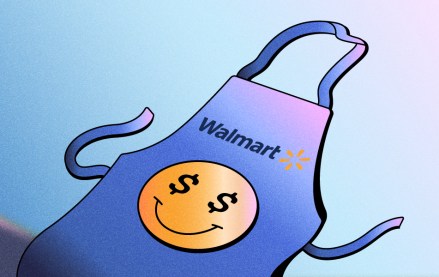Register by Jan 13 to save on passes and connect with marketers from Uber, Bose and more

There may be no physical institution as historically revered as a bank. Community centers and trusted destinations, the banks of our imaginations are cool and quiet spaces housed inside classical limestone buildings. Ceilings are high, floors are marble; words echo. Behind bronze-framed windows, tellers take money from trusting customers for safekeeping or direct them to comfortable chairs where they wait for a personal banker.
Nice try. Banks these days are hardly elegant or imposing. Most have shrunk in size thanks to rising costs of real estate, and many have disappeared entirely, according to data from the Federal Deposit Insurance Corporation. Chase reduced its branch presence by 190 locations, a 3.4 percent decline, from 2012 to 2016. Wells Fargo closed 98 branches, a 1.6 percent decline in the same period. Its peers are even more aggressive. Bank of America closed 243 branches (16 percent) in that period and Citi closed 302 (28.5 percent).
Branches are consolidating locations with lower servicing volume, opening in higher growth areas and renovating existing branches and ATMs. More importantly, they’re evolving into more compact, digitally oriented spaces that incorporate new technology and help branch employees focus on improving the customer experience.
Some end up looking more like Apple Genius Bars than banks.
More in Marketing

Inside the brand and agency scramble for first-party data in the AI era
Brands are moving faster to own first-party data as AI and privacy changes alter the digital advertising landscape.

Walmart Connect takes a play out of the Amazon playbook to make agentic AI the next battleground in retail media
The next retail media war is between Walmart Connect’s Sparky and Amazon’s Rufus, driven by agentic AI and first-party data.

What does media spend look like for 2026? It could be worse — and it might be
Forecasts for 2026 media spend range from 6.6% on the lower end to over 10% but the primary beneficiaries will be commerce, social and search.





